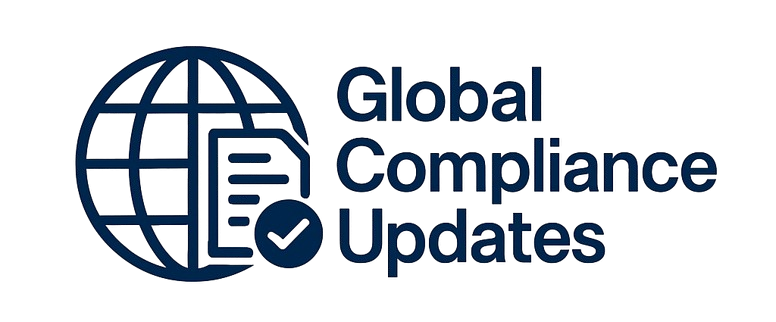It happens. There is an incident at your companys office and an employee files a complaint about another employee. What you do next will have an impact on the outcome of the complaint, and if done wrong, can have a disastrous impact on your company.
This training will identify the steps necessary to ensure your internal investigation is conducted fairly, impartially and as professionally as possible. In addition, retaliation claims are consistently among the greatest number of EEOC charges filed each year. We will identify the steps necessary to reduce the possibility of this type of claim.
WHY SHOULD YOU ATTEND?
HR professionals, risk managers, in-house counsel, business attorneys and business owners should attend this session to understand the components that make up a professional internal investigation process. This will include policy considerations, best practices and a discussion of the investigative roles played by the employee, the accused, the employer, the investigator and the manager.
AREA COVERED
- Steps to take to conduct a fair and bulletproof internal investigation
- Common mistakes and how to avoid them
- A timeline of responding to a complaint or incident
- How to train your supervisors and manager on actions to take and to avoid during and after an investigation
- Examples of investigations done right, and done wrong
LEARNING OBJECTIVES
- How to prepare for an investigation before one must be started
- Step by step process from the time of a complaint to the final resolution of the issue
- Best practices for training your supervisors to avoid a retaliation claim
- What to include in a final report
- What to tell the complaining employee after the investigation
WHO WILL BENEFIT?
- HR professionals
- HR Managers
- Directors of HR
- Business Managers
- HR Directors
- Small Business Owners
- Operations managers
- Risk managers
- In-house counsel
- Business attorneys
HR professionals, risk managers, in-house counsel, business attorneys and business owners should attend this session to understand the components that make up a professional internal investigation process. This will include policy considerations, best practices and a discussion of the investigative roles played by the employee, the accused, the employer, the investigator and the manager.
- Steps to take to conduct a fair and bulletproof internal investigation
- Common mistakes and how to avoid them
- A timeline of responding to a complaint or incident
- How to train your supervisors and manager on actions to take and to avoid during and after an investigation
- Examples of investigations done right, and done wrong
- How to prepare for an investigation before one must be started
- Step by step process from the time of a complaint to the final resolution of the issue
- Best practices for training your supervisors to avoid a retaliation claim
- What to include in a final report
- What to tell the complaining employee after the investigation
- HR professionals
- HR Managers
- Directors of HR
- Business Managers
- HR Directors
- Small Business Owners
- Operations managers
- Risk managers
- In-house counsel
- Business attorneys
Speaker Profile
 Chad V. Sorenson
Chad V. Sorenson
Chad Sorenson is the President and founder of Adaptive HR Solutions, LLC and has over 20 years of diverse business, communications and human resource experience.He works with companies that range from 5 to 1,200 employees and focuses on leadership development, manager training, employee performance management and employer compliance in industries such as healthcare, manufacturing, construction trades, and professional services organizations. Prior to founding Adaptive HR Solutions in 2008, Chad has been Vice President, Director and Manager of Human Resources for several companies in the Jacksonville area.He is certified as a SHRM-Senior Certified Professional and a Senior …
Upcoming Webinars

ChatGPT and Project Management: Leveraging AI for Project M…

Workplace Investigations 101: How to Conduct your Investiga…

Project Management for administrative professionals

The Monte Carlo Simulations in Excel for Risky Investments

Onboarding is NOT Orientation - How to Improve the New Empl…

Dealing With Difficult People: At Work & In Life

Transform Data into Insights: A Beginners Guide to Excel Pi…

Construction Lending And Real Credit Administration: Evalua…

Understanding Accounting for non - Accounting professionals

Harassment, Bullying, Gossip, Confrontational and Disruptiv…

New Form 1099 Reporting Requirements: 2025 Compliance Update

Human Error Reduction Techniques for Floor Supervisors

HR Metrics and Analytics 2025 - Update on Strategic Plannin…

Treating Employees Like Adults: Discipline versus Empowerme…

7 Ways To Beat Burnout: Without Quitting Your Job


How to Write Procedures to Avoid Human Errors

Handbook Overhaul 2026: Compliance, OBBB Act & Beyond

FDA Proposes Framework to Advance Credibility of AI Models

Ethical Terminations: Navigating Employee Exits with Legal …

Understanding EBITDA – Definition, Formula & Calculation

Project Management for Non-Project Managers - Scheduling yo…

4-Hour Virtual Seminar on Hidden Secrets of Selling & Marke…

Validation Statistics for Non-Statisticians

Data Integrity and Privacy: Compliance with 21 CFR Part 11,…


The Alphabet Soup: When the FMLA, ADA, COBRA, and Workers' …

Talent Management: How to Leverage AI and ChatGPT Tools for…


Offboarding with Care: Conducting Legal & Ethical Employee …

2-Hour Virtual Seminar on How to Conduct an Internal Harass…

Payments Fraud Detect & Prevent Check, ACH and P-Card Schem…

Managing Toxic & Other Employees Who have Attitude Issues



Reduce Stress in the Workplace: Effective Ways to Handle Co…





Excel - Pivot Tables - The Key To Modern Data Analysis and …
